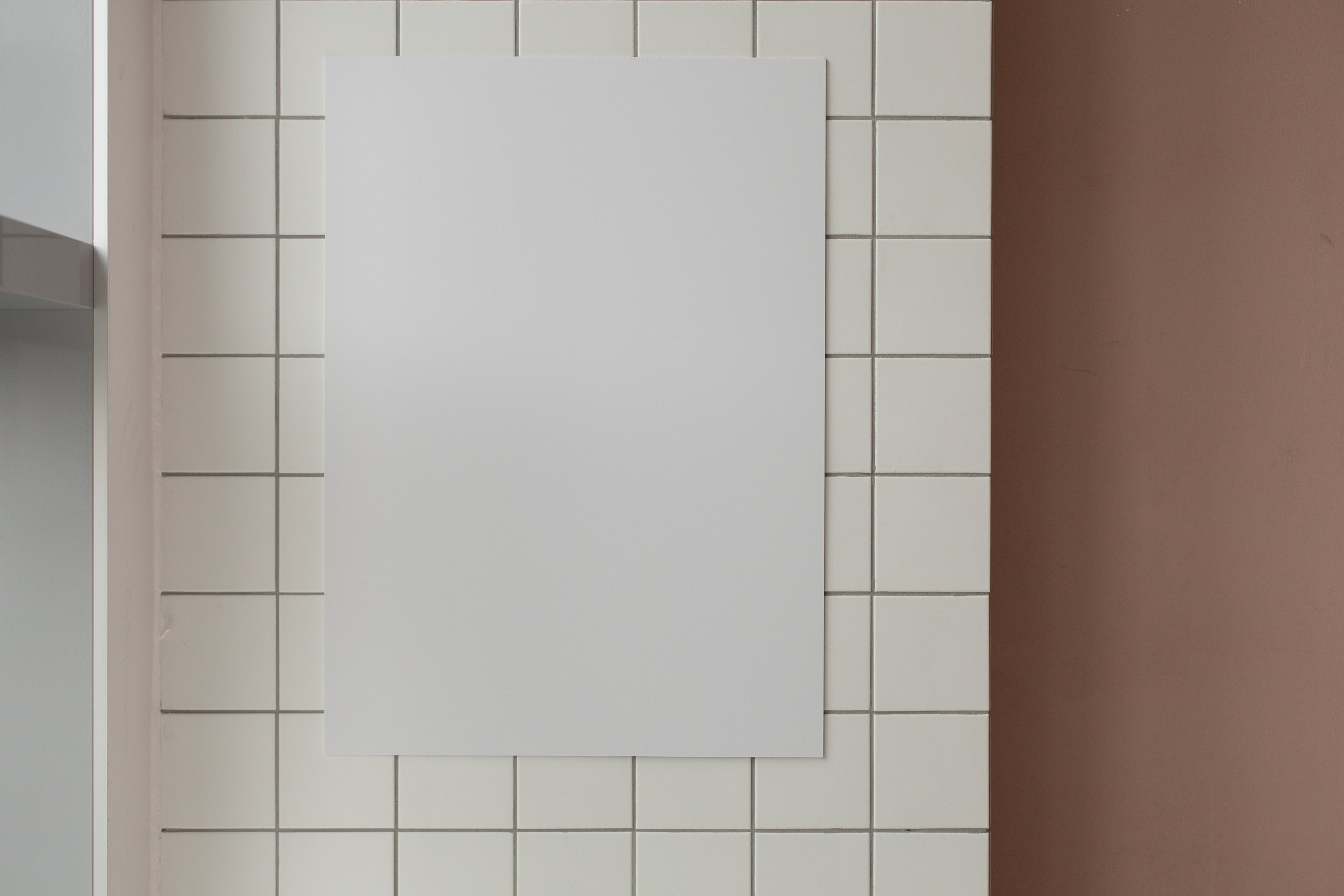The Meaning of Life.
As long as I can remember, I’ve been asking myself this question again and again: “What is the meaning of life?” And not just me as I’ve come to find, but scholars, philosophers, and truth seekers from many faiths. Individuals have pondered this profound question for centuries, rarely reaching a satisfactory or definitive answer. But through meditation and study I recently realized that for me, I’ve been asking the wrong question. I recognized that I could shift the narrative from what life means to what provides meaning. And through this subtle change in focus, I’ve been able to unlock a world of possibilities and a deeper sense of fulfillment.
So, I crossed the question off my list. I stopped asking myself, ‘what is the meaning of life’ and started asking, ‘what gives my life meaning?’ This simple, yet transformative change in my mindset has allowed me to focus on engaging with my life in a more practical and personal way. Since I am no longer seeking the answer to the enigmatic question of life’s purpose, I’ve turned my attention inward, to my own unique experiences, relationships, values and aspirations.
This approach is truly liberating as it allows me to ask and try to answer the question every day, in a new and fresh way. It’s not a static, unchanging concept, but a dynamic, fluid reality that evolves as I grow, learn and advance. What gives my life meaning today may be different from a year from now, a year ago, or even yesterday. And that’s more than okay.
The power of this perspective is in the infinite possibilities. Meaning can be found anywhere, from nurturing deep relationships, pursuing passions, contributing to causes that are greater than myself or simply enjoying the present moment. It opens the door to a host of ideas that can make life richer and more significant.
By seeking meaning for my life, I become an active participant, driving my own life story. I’m able to shape my experiences, clear my path and savor the understandings. It’s a journey of self-discovery, growth and fulfillment.
For me its about reframing the question to, “what gives my life meaning?” and actively, joyfully living out the responses that resonate in my heart. I trust that this shift will result in a life that is richer, more significant and truly, my own.
Increase the Peace,
Jim



















